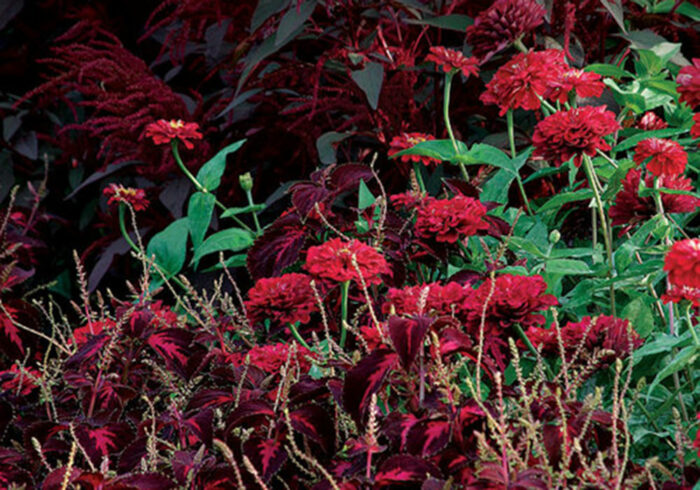
One of the most dynamic colors is also the oldest color used by humans: red. Prehistoric horses drawn in red pigment gallop across the ancient cave walls in Lascaux, France. To poets, it is the color of passion; to seafarers, it is an omen: “Red sky at night, sailor’s delight; Red sky at morning, sailors take warning.” Throughout its long history, red has been associated with highly charged emotions and a sense of urgency. Today, red still commands the attention of motorists and pedestrians at traffic lights.
Some gardeners are put off by the same assertiveness that makes red effective in controlling traffic. Others embrace the challenge of working with such a vibrant, exciting hue. Pure, primary red sends out a clear signal that says, “Stop! Look at me!” This effect works well with containers planted in red. They cheer up the entrance to a house or call attention to window boxes placed against neutral siding. But in the garden, pure red can be overpowering, especially if the flowers are large. The larger the flower, the more dominating the color. Primary red is at its best set off by complementary green leaves, in contrast to white, or in harmony with dark shades of blue-violet. It also lends itself to hot color harmonies with oranges and orange-yellows.
Cherry red zinnias (Zinnia ‘Benary’s Giant Deep Red’, annual) shown above, pick up the same bright color from the center of the dark red leaves of a coleus (Solenostemon scutellarioides ‘Kingwood Torch’, USDA Hardiness Zone 11) and reflect it upward to meet the bowing plumes of a red amaranth (Amaranthus cruentus ‘Polish’, annual).
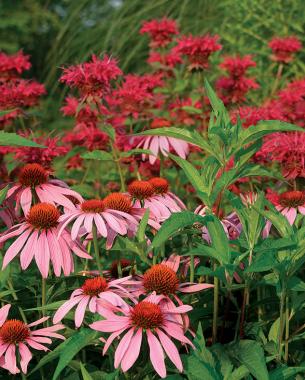
Though red bee balm (Monarda cv., Zones 4–9) and pink coneflower (Echinacea purpurea cv., Zones 3–9) make an electrifying combination, not all versions of red work well together. Photo: Jennifer Benner
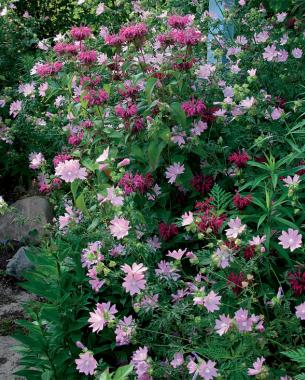
But red has many faces and can be a tricky color. Besides true red, there are warm reds and cool reds. Warm reds have yellow in them and go well with other hot colors. It should be no surprise that they combine harmoniously with orange in all its tints and hues—orange is, after all, composed of yellow and red. For contrast, try warm reds with green and with yellow-green. Cool reds contain blue and are compatible with that color and most of the violet family. For a stunning contrast, pair cool red and cool yellow or chartreuse, a near-complementary association linked by cool hues.
Warm and cool reds are magnificent hues. But be forewarned: They are profoundly incompatible. The yellow in warm red creates a color that leans toward orange, while cool red leans toward blue. Don’t forget that blue and orange are complete opposites on the color wheel. And unless you are skillful, pairing reds with blue in them and reds with yellow in them could clash mightily.
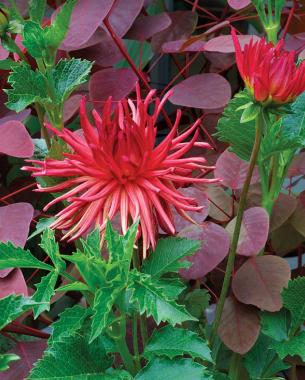
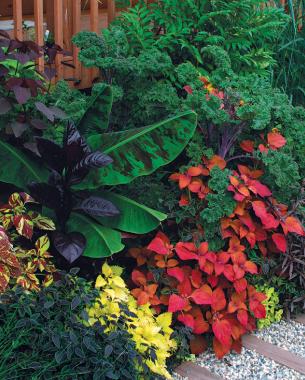
Pink is a tint of red, and the strongest pinks are the hardest to use successfully in the garden. Most are saturated and vivid, but being lighter than red, they show up at an even greater distance. Keep the warm pinks with other warm colors, such as tints of orange and warm yellows. Blue-pinks are lovely with mauve and tints of blue-violet. As with red, keep warm and cool pinks apart.
It is fun but risky to combine reds and pinks. The secret is to match them exactly. Just remember to keep pure red with pure pink, warm red with warm pink, and cool red with cool pink. Try experimenting with zonal geraniums (Pelargonium spp. and cvs., Zone 11) in separate pots; that way you can move them around if they clash.
Defining red
Printer’s ink cannot do justice to the color red, but the photos and descriptions below suggest the breadth and depth of its range. At the top of each pair is the full-bodied color; beneath it is a tint (white added) of each. Seeing the reds laid out in sequence, you can appreciate the splendid range of this family and also the problem it presents to gardeners. Without pure red and its pink tints as a buffer, the cool reds and pinks would clash with the warm reds and pinks.
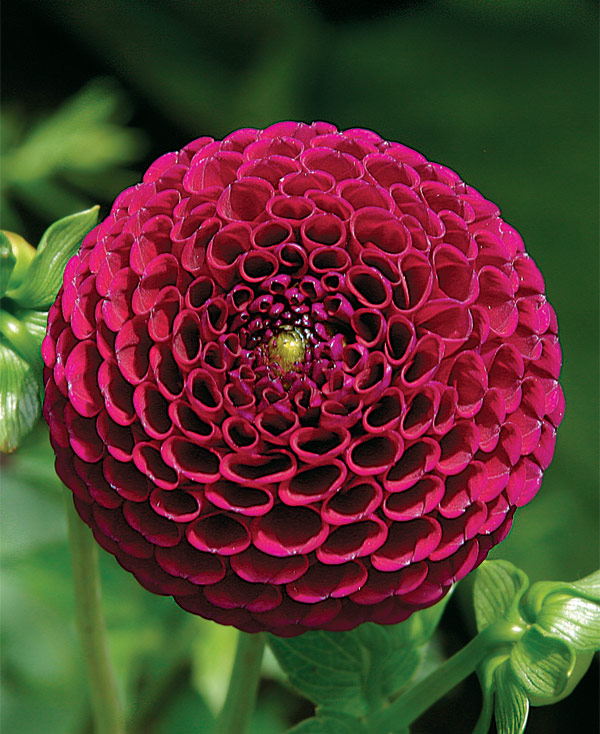
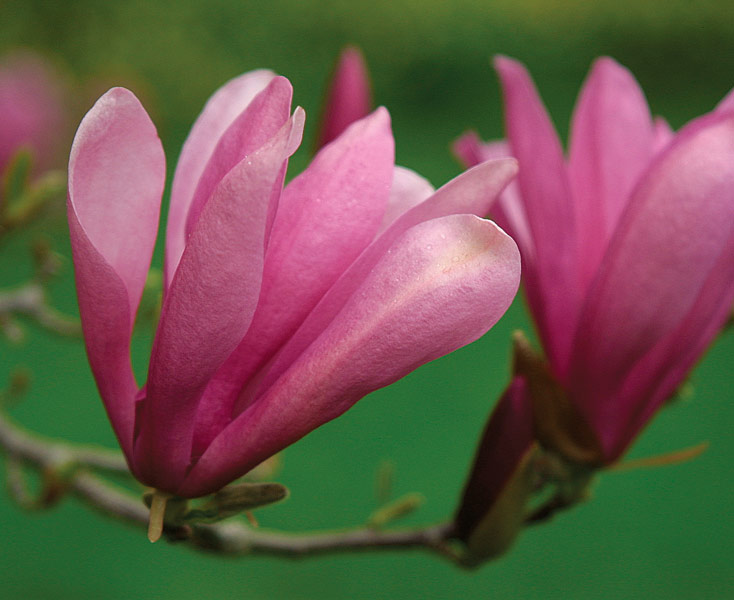
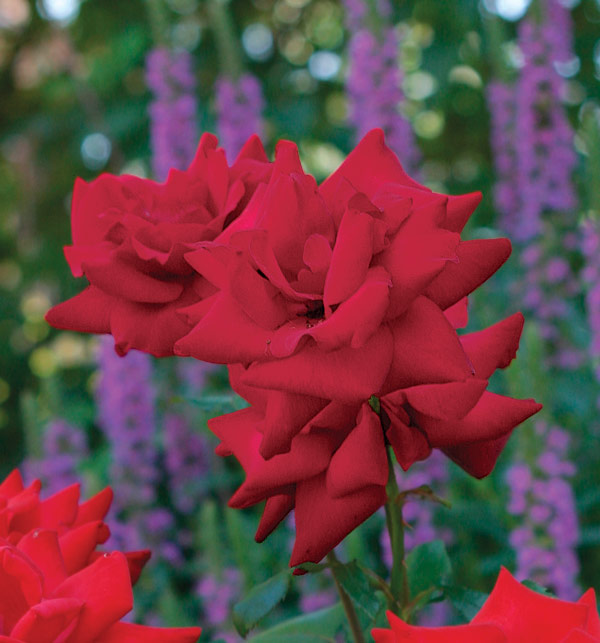
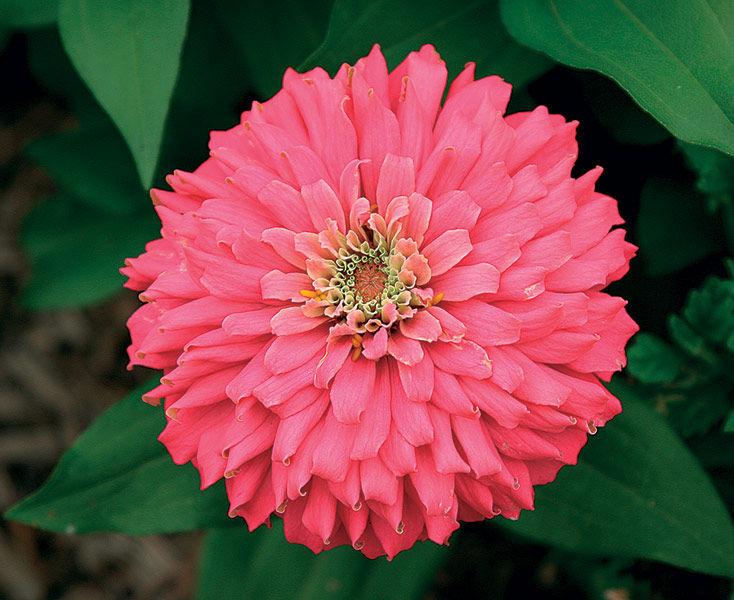
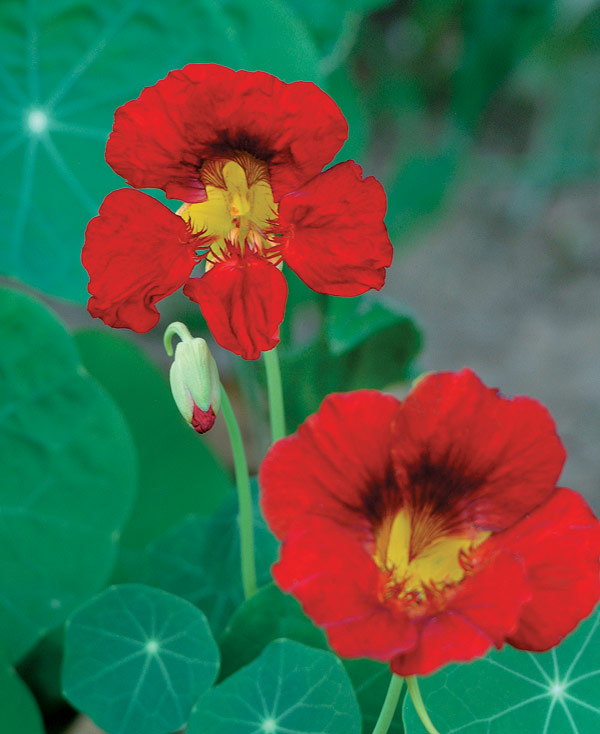
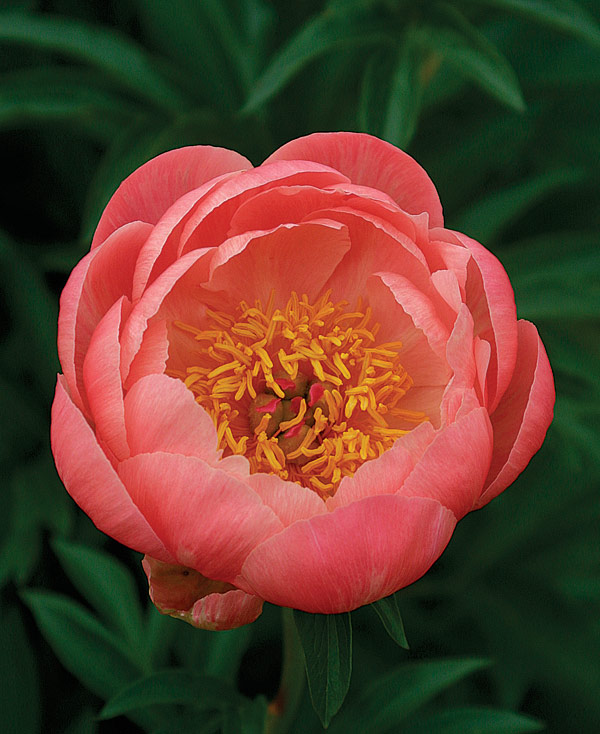

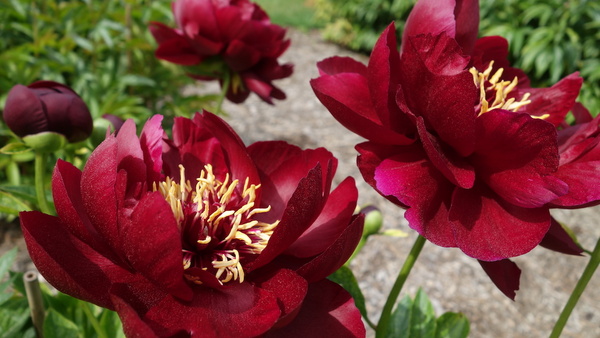
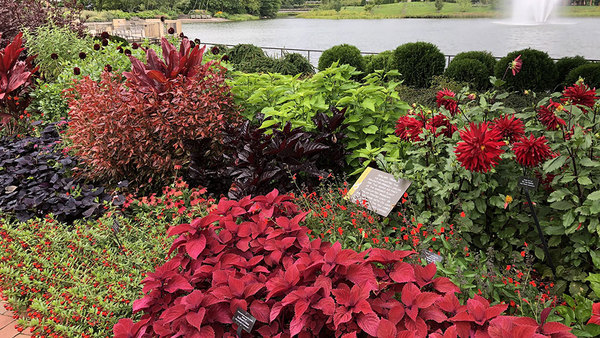
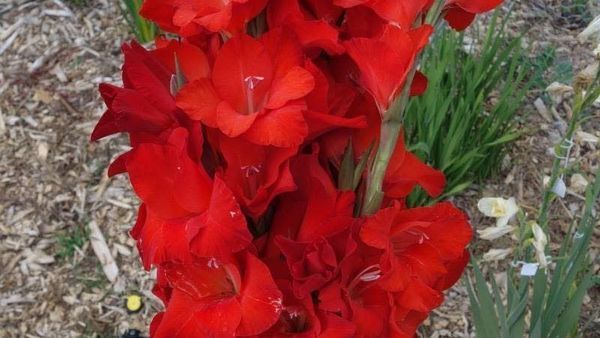
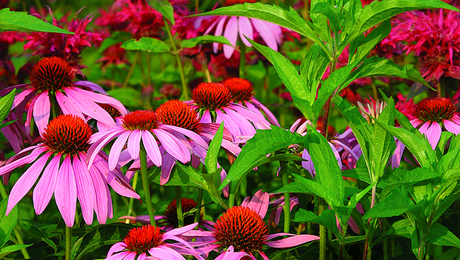

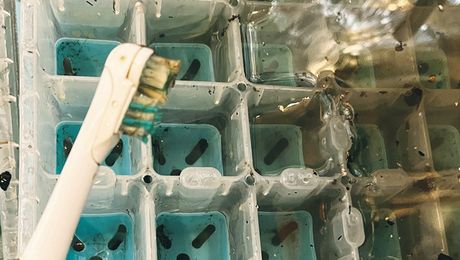










Comments
Log in or create an account to post a comment.
Sign up Log in